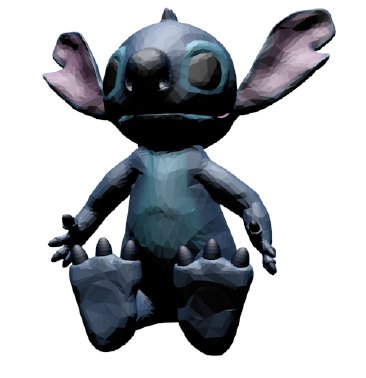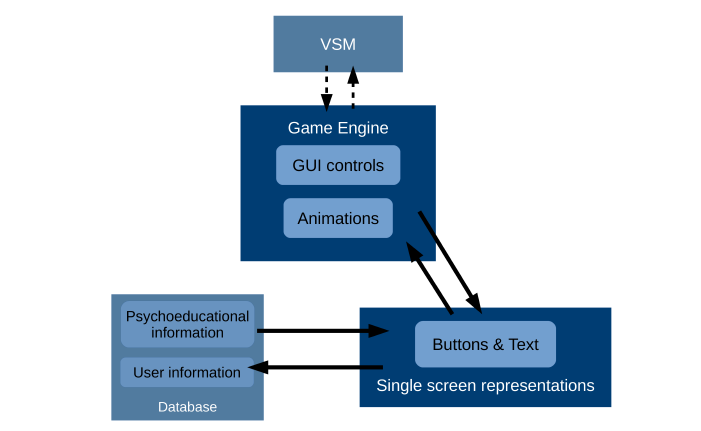Basic Idea: After a Burnout, the reintegration process to work can be difficult, empathetic behavior is important.
Users might prefer Virtual Characters that mirror own personality and behavior

Team
Computer Scientists: Anna Welker,Florena Raja, Matthias Hock, Sana Nasir
Psychologists: Irina Vetter,Teresa Naredi-Rainer,Tobias Louia
The aim of EmmA- Emotional Assistant is to assist people who have experienced Burnout to reintegrate into their workplace.
The outcome of brainstorm session was to create an App(Emotional Assistant). The App features a cartoony character, less intimidating than a human like character. This cartoony character reacts/interacts to/with the user’s mood via mimicry. The character only emotes positive or neutral responses as it is important for a user using the App to feel welcomed to use the App.
The App also includes Psychoeducational functions such as Breathing exercises, Progressive Muscle Relaxation exercised(PMR) to help users to reduce their stress and psychological background information.
The Components and Implemtation tools include
- Application logic – Visual Scene Maker
- Graphics, UserInput – Jmonkey Engine and Blender
- Open SSI- SpeechInput.
Overview of the Implementation and the Components


The meeting with an Expert helped us to revise our idea.
Revised Idea includes:
- Support in psychoeducation and emotion regulation
- Integration of knowledge into everyday life-reinforce learned coping strategy
- Activate the patient-increase resources to help themselves.
- Character- cute v/s cartoony & mimicking or not mimicking.
Literature:
Bourgeois, P., & Hess, U. (2008). The impact of social context on mimicry. Biological psychology, 77, 343-352.
Reeves, B., & Nass, C. I. (1996). The media equation: How people treat computers, television, and new media like real people and places. Cambridge university press.
1. Presentation Emotional Assistant
2. Presentation – Emotional Assistant

